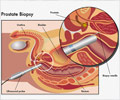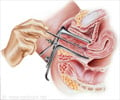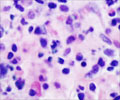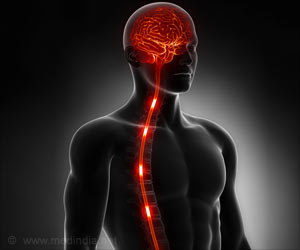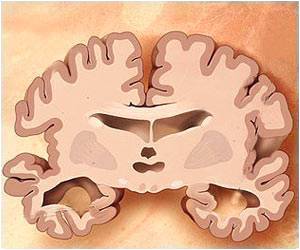Radiologists can help confirm that an MRI-guided breast biopsy has successfully removed the lesion by taking an x-ray of the lesion and slices of the lesion.
Radiologists can help confirm that an MRI-guided breast biopsy has successfully removed the lesion by taking an x-ray of the lesion and slices of the lesion, a new study shows.
“Contrast-enhanced MRI of the breast is becoming increasingly useful in patients with lesions that cannot be detected with other techniques,” said Basak Erguvan-Dogan, MD, radiologist in Breast Imaging at the University of Texas M.D. Anderson Cancer Center in Houston. "However, it is hard to confirm removal of the targeted lesion because the abnormality does not enhance after being removed from the breast," she said.Currently, patients who have MRI-guided needle localization and excision of abnormalities may be asked to have follow-up breast MRI; if the lesion has not been successfully removed, another biopsy procedure will need to be done. “By taking x-rays of the lesion specimen, then slicing it up and taking additional x-rays, we can determine if the lesion has been removed or if additional tissue needs to be excised while the patient is still in the operating room,” Dr. Erguvan-Dogan said.
Whole specimen and sliced specimen radiography was performed in 10 patients, and X-raying the lesion as a whole and in slices proved to be valuable, said Dr. Erguvan-Dogan. “In all five malignant cases, sliced specimen radiographs showed the lesion in question, helped the pathologist correctly identify the lesion while the patient was still in the operating room and helped the surgeon obtain negative surgical margins,” said Dr. Erguvan-Dogan. In addition, “whole specimen radiography is able to correctly locate fractured biopsy needle localization wires, which may be removed before the patient left the operating room,” she said.
Specimen radiography is routinely used in some centers after mammographically and sonographically guided needle localization and excision; however, specimen radiography following MRI-guided needle localization has not been previously reported on, Dr. Erguvan-Dogan said.
(Source: Newswise)



